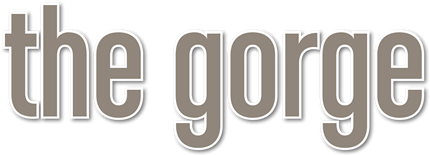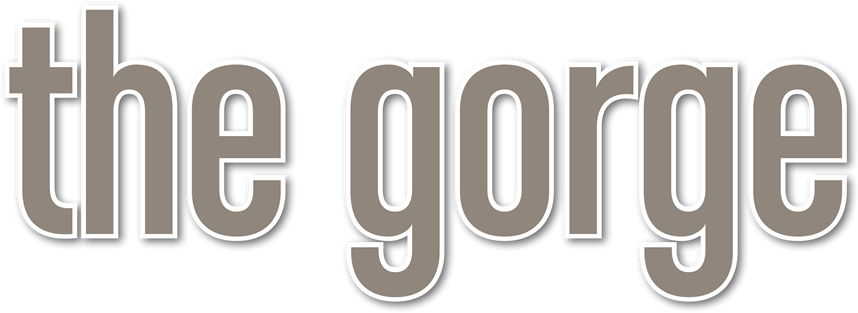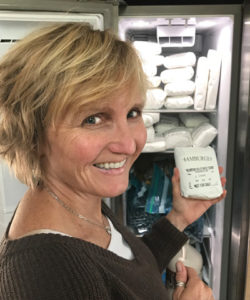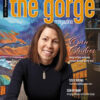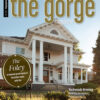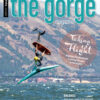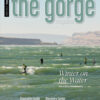Last year, I did something I’ve never done before. I bought part of a cow. It was a cow I knew, sort of. My hair stylist, Mary, whose salon is in her home on Hood River’s west side, occasionally raises a couple of cows in her adjacent pasture. After a peaceful life spent munching grasses in her meadow, the cows are sent up to Mountain Valley Meat in Mt. Hood, one of the Gorge’s only custom slaughterhouses and butchers. There, Jason Johnston does what he does best, which is to slaughter the cows and expertly turn them into the various cuts that have been pre-ordered by customers.
As a former vegetarian, I was a little squeamish about this whole thing. But I wholeheartedly buy into the local food concept, and I figured this was as local as it gets. I got to see “my” cow whenever I went for a haircut. Mary would tell funny stories about the cows’ antics, and I would marvel at their beautiful coats. I went in on a quarter cow with a friend, and together we filled out the form for which cuts we wanted. Then, in early December, I got a call that my meat was ready to pick up.
My friend and I drove to Mountain Valley Meat with a couple of coolers. When we got there, Jason opened up the huge walk-in freezer and started bringing out our order — dozens of neatly wrapped packages stamped with my name and the type of cut. It was early December, and the freezer was filled nearly to overflowing with packaged meat, as well as whole deer and elk carcasses from hunting season. My formerly vegetarian mind was blown — but not in a bad way. I was impressed with the sheer volume of meat, and the obvious care that Jason put into his work. I felt good about the local meat I was getting, raised in an idyllic Hood River pasture, slaughtered and butchered and packaged by this local family. The whole process — from my cow’s life to the neat white packages — happened within 12 miles of my kitchen.
Photographer and writer David Hanson profiles Mountain Valley Meat in this issue, beginning on page 16. As Hanson writes, small custom butcher shops like the Johnston’s are a vital part of the local food system. I feel fortunate to have evidence of this in my freezer.
We have other stories of local people and products in this issue, including a story on Columbia Black Garlic (page 24), Eco-Glass Straws (page 28), and the Gorge Grown Mobile Farmers’ Market (page 22). We also take a look at The Blue Zones Project, a health initiative in The Dalles whose goal is to help residents live longer, healthier lives (page 62), and we feature some new properties in Washington recently acquired by Friends of the Columbia Gorge for permanent protection.
There’s plenty in here to enjoy as the cooler days of fall set in. We hope you enjoy this issue. Happy autumn!
—Janet Cook, Editor
